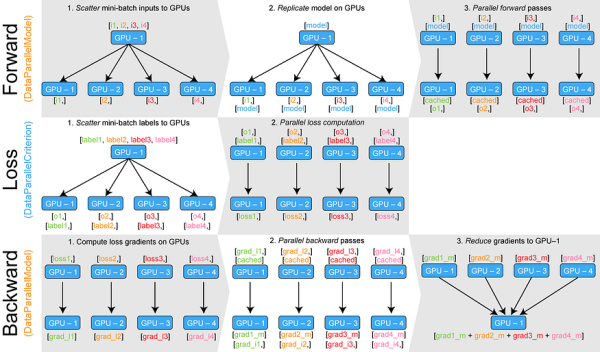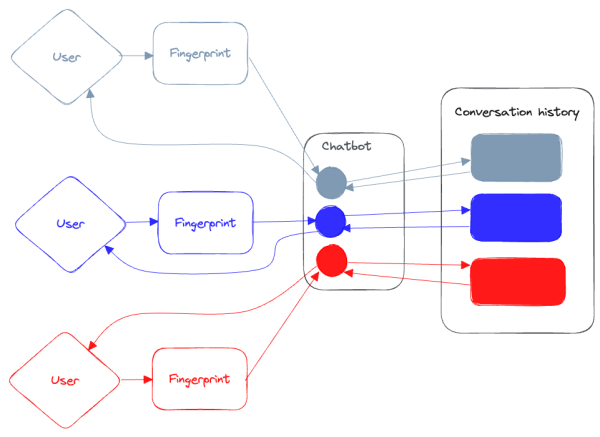Category ai
Today’s adventures in generative AI included using David Colarusso’s LIT Prompts Chrome extension connected to the OpenAI gpt-4o-mini API on Chapter 4 of Alice Ristroph’s Criminal Law: An Integrated Approach. I first requested a short 150 word summary of the… Continue Reading →
Using the latest version of LM-Studio I loaded up Mistral-Nemo-Instruct-2407-GGUF from Hugging Face and using the Quiz Creator prompt from Prompts for Instructors (modified to include law school as an option) I was able to generate the following quiz in… Continue Reading →
StarCoder2 is a family of code generation models (3B, 7B, and 15B), trained on 600+ programming languages from The Stack v2 and some natural language text such as Wikipedia, Arxiv, and GitHub issues. The models use Grouped Query Attention, a context window… Continue Reading →
Guest post by Justin Tung [1] What Lexis+ AI is, and What it Promises On Friday, November 17, 2023, Lexis sent an email announcing access to its new generative Artificial Intelligence (AI) tool called Lexis+ AI. It promises “the fastest… Continue Reading →
This fall, Lexis+ AI will be attempting final exams in Torts, Contracts, Civil Procedure, Property, Legal Research, Professional Responsibility, and Environmental Law alongside the law students at the University of Wyoming College of Law. The catch? The professors will not… Continue Reading →
Scale your compute-intensive Python workloads. From reinforcement learning to large-scale model serving, Ray makes the power of distributed compute easy and accessible to every engineer. Source: Productionizing and scaling Python ML workloads simply | Ray Read the original story
Training neural networks with larger batches in PyTorch: gradient accumulation, gradient checkpointing, multi-GPUs and distributed setups… Source: Training Neural Nets on Larger Batches: Practical Tips for 1-GPU, Multi-GPU & Distributed setups | by Thomas Wolf | HuggingFace | Medium Read… Continue Reading →
In this example, we’ll imagine that our chatbot needs to answer questions about the content of a website. To do that, we’ll need a way to store and access that information when the chatbot generates its response. Source: Building a… Continue Reading →
AudioCraft is a simple framework that generates high-quality, realistic audio and music from text-based user inputs after training on raw audio signals as opposed to MIDI or piano rolls. Source: AudioCraft: A simple one-stop shop for audio modeling Read the… Continue Reading →
Goal: better, more focused search for www.cali.org. In general the plan is to scrape the site to a vector database, enable embeddings of the vector db in Llama 2, provide API endpoints to search/find things. Hints and pointers. Llama2-webui –… Continue Reading →



